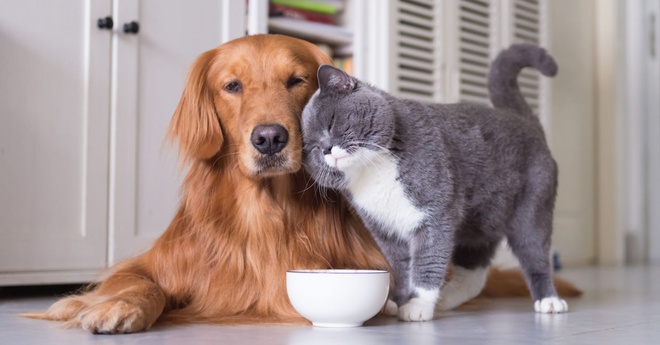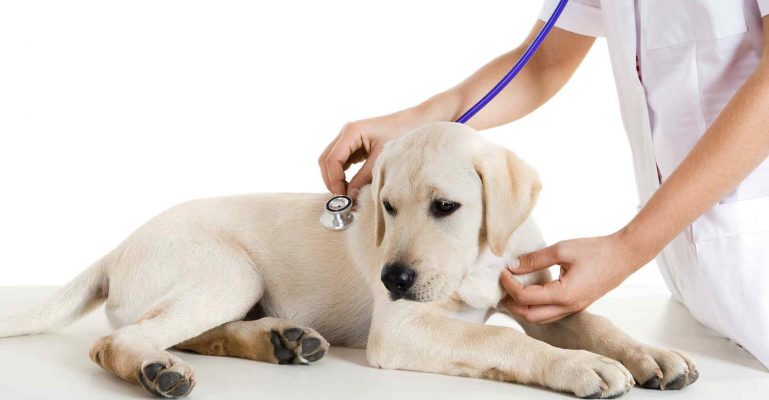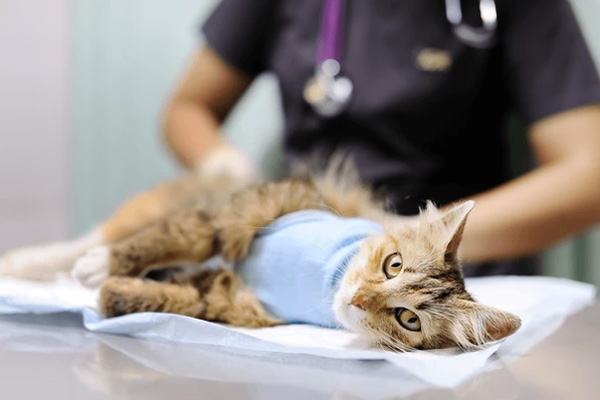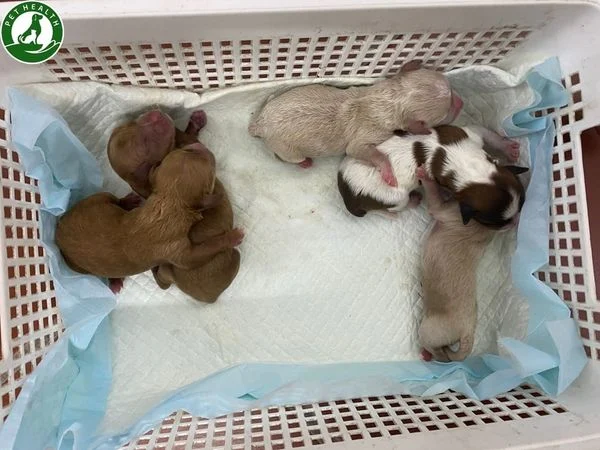Top 5 Questions About Pet Reproduction
Introduction
Pet reproduction is a topic of great concern for pet owners, breeders, and veterinarians. Understanding the reproductive process of pets helps ensure their health and well-being. In this article, we will address the top 5 most common questions about pet reproduction, covering essential aspects such as breeding age, pregnancy signs, potential complications, and ethical considerations.
1. At What Age Can Pets Start Breeding?

One of the most frequently asked questions about pet reproduction is when animals are ready to breed. The answer varies depending on the species and breed:
- Dogs: Female dogs typically reach sexual maturity between 6 to 12 months, while males become fertile around 6 to 9 months. However, responsible breeding should be delayed until at least 18-24 months to ensure the pet is physically and mentally mature.
- Cats: Female cats can go into heat as early as 4 to 6 months, and males become fertile at around 6 months. Early breeding is discouraged due to health risks.
- Rabbits: Rabbits reach reproductive maturity between 3 to 6 months, depending on the breed.
- Birds: The age varies widely among species, but small birds like parakeets can breed at around 6 months, while larger birds like parrots may take several years to mature.
Factors to Consider
Breeding too early can lead to health complications such as stunted growth, weak offspring, or pregnancy difficulties. It is advisable to consult a veterinarian before breeding your pet.
2. How Can I Tell If My Pet Is Pregnant?

Detecting pregnancy in pets can be challenging, especially in the early stages. Here are some common signs of pregnancy in different animals:
- Dogs and Cats:
- Enlarged nipples
- Weight gain and increased appetite
- Behavioral changes (nesting, seeking solitude)
- Swollen abdomen (visible in later stages)
- Rabbits:
- Nest-building behavior
- Increased aggression or territorial behavior
- Slight weight gain
- Birds:
- Changes in nesting behavior
- Increased food consumption
- Egg-laying (though unfertilized eggs are common in some birds)
Veterinary Diagnosis
For an accurate diagnosis, a veterinarian may perform ultrasounds, X-rays, or hormone tests to confirm pregnancy. Regular check-ups ensure the health of the mother and developing offspring.
3. What Are the Common Complications During Pet Pregnancy?
While many pets experience smooth pregnancies, complications can arise. Here are some potential risks:
- Dystocia (Difficult Labor): Some breeds, especially brachycephalic (flat-faced) dogs like Bulldogs, often require C-sections due to narrow birth canals.
- Miscarriage: Can be caused by infections, genetic defects, or stress.
- Eclampsia (Milk Fever): A severe calcium deficiency that affects lactating dogs and cats, leading to muscle tremors and seizures.
- Retained Placenta: If the placenta is not expelled after birth, it can cause infection and require medical intervention.
- Stillbirths or Weak Offspring: This can result from genetic issues, maternal malnutrition, or difficult labor.
Prevention and Care
- Provide balanced nutrition during pregnancy.
- Schedule regular vet check-ups to monitor health.
- Prepare a comfortable birthing area in a quiet space.
4. Should I Spay or Neuter My Pet?

Spaying (for females) and neutering (for males) are common procedures to prevent unwanted pregnancies and offer several health benefits.
Benefits of Spaying/Neutering
- Prevents Overpopulation: Millions of stray animals are euthanized yearly due to overbreeding.
- Reduces Health Risks: Spaying lowers the risk of uterine infections and mammary tumors, while neutering reduces the chance of prostate problems and testicular cancer.
- Improves Behavior: Neutered males are less likely to roam, spray urine, or display aggression.
Best Age for the Procedure
- Dogs & Cats: Ideally between 4 to 6 months, but it can be done later.
- Rabbits: Around 4 to 6 months.
- Rodents: Varies by species, usually between 2 to 4 months.
Spaying and neutering should be discussed with a vet to determine the best timing and suitability for your pet.
5. How Can I Ensure a Healthy Breeding Process?
If you decide to breed your pet, ethical breeding practices are crucial to ensuring the well-being of both the parents and their offspring.
Key Considerations
- Health Screening: Conduct genetic and medical tests to rule out hereditary diseases.
- Proper Nutrition: Ensure the breeding pair receives high-quality food with essential nutrients.
- Adequate Space: Pets need a safe and clean environment for mating and raising young.
- Veterinary Supervision: Work closely with a veterinarian throughout the pregnancy.
Responsible Breeding vs. Backyard Breeding
Backyard breeding (irresponsible breeding without medical checks) often results in genetic disorders, poor health, and contributes to overpopulation. Ethical breeders focus on improving the breed’s quality, ensuring homes for the offspring, and maintaining proper care standards.
Conclusion
Understanding pet reproduction is essential for any pet owner considering breeding or caring for a pregnant pet. Knowing the appropriate breeding age, recognizing pregnancy signs, preventing complications, and considering spaying/neutering are crucial factors in responsible pet ownership. If you are unsure about any aspect of pet reproduction, consult your veterinarian for guidance to ensure the health and safety of your furry or feathered friend.
Read more:

